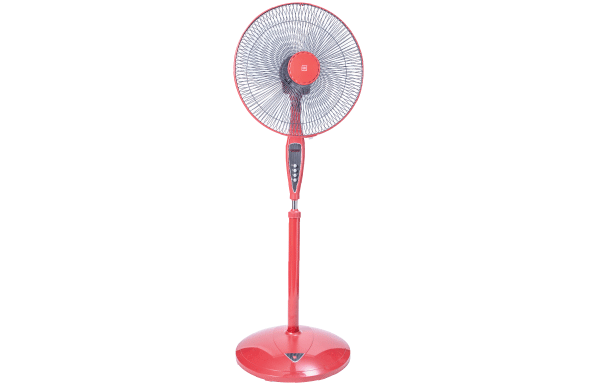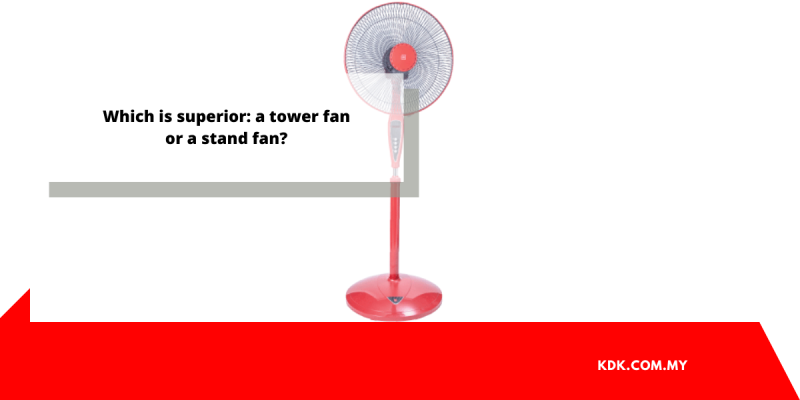In the industrial sector, fans have practically limitless applications. They can cool processes that fail because of a lack of forced air circulation. They can assist in the venting of gasses that should not stay. They have the potential to enhance drying operations and make workplaces more comfortable. There are nearly as many fan designs as uses, which leads to trade-offs when selecting a fan. To assist with decision-making, we may first address the topic of whether tower fans or stand fans are superior for most functions. While the answer will vary depending on your aims, one type is often preferable.

Power
A stand fan’s design allows for more rotating power. Finally, pedestal fans employ the same technology as propeller planes. This enables extremely rapid RPM. It also enables the use of bigger and broader blades capable of moving a significant amount of air. Pedestal fans have more raw power than tower fans.
Stand fans are obviously preferable for applications requiring a higher volume of air to be pushed by the fan. The increased power and bigger blades move significantly more air, making them ideal for cooling, venting, and drying applications.
Noise
Intuitively, the more powerful fan should be the loudest fan. That is true, however pedestal fans may be designed with noise dampening that almost eliminates operational noise. Tower fans are designed to do more than just move air, and those functions may add a lot of noise to the process.
A stand fan that has been hushed may nevertheless deliver excellent power without making a lot of noise. It is totally feasible to have a high-quality stand fan with no noise other than the circulation of air. Of course, this is ultimately determined by the fan’s design. A high-powered fan without noise reduction would be rather noisy, therefore it is critical to grasp this distinction before making a purchase.
Placement
Tower fans contain blades and air flow throughout their height, which is one of the key distinctions between stand and tower fans. A stand fan physically sits on a stationary stand. Because of this design difference, the stand fan may rest behind materials or barriers without sacrificing airflow. All of the airflow can pass over barriers as long as the stand is tall enough. Tower fans are unable to work in this manner. This makes stand fans more practical and adaptable for use in industrial settings.
The true power of tower fans lies in their supplementary features. They can include air filtration, illumination, and other features that elevate them above the status of a simple fan. Stand fans, on the other hand, are definitely better when it comes to moving air. Knowing the distinction allows you to select the ideal fan for the work at hand. Choosing the best stand fan is as simple as weighing size, power, and cost.
For more information about Stand Fan Malaysia, please visit https://www.kdk.com.my/


